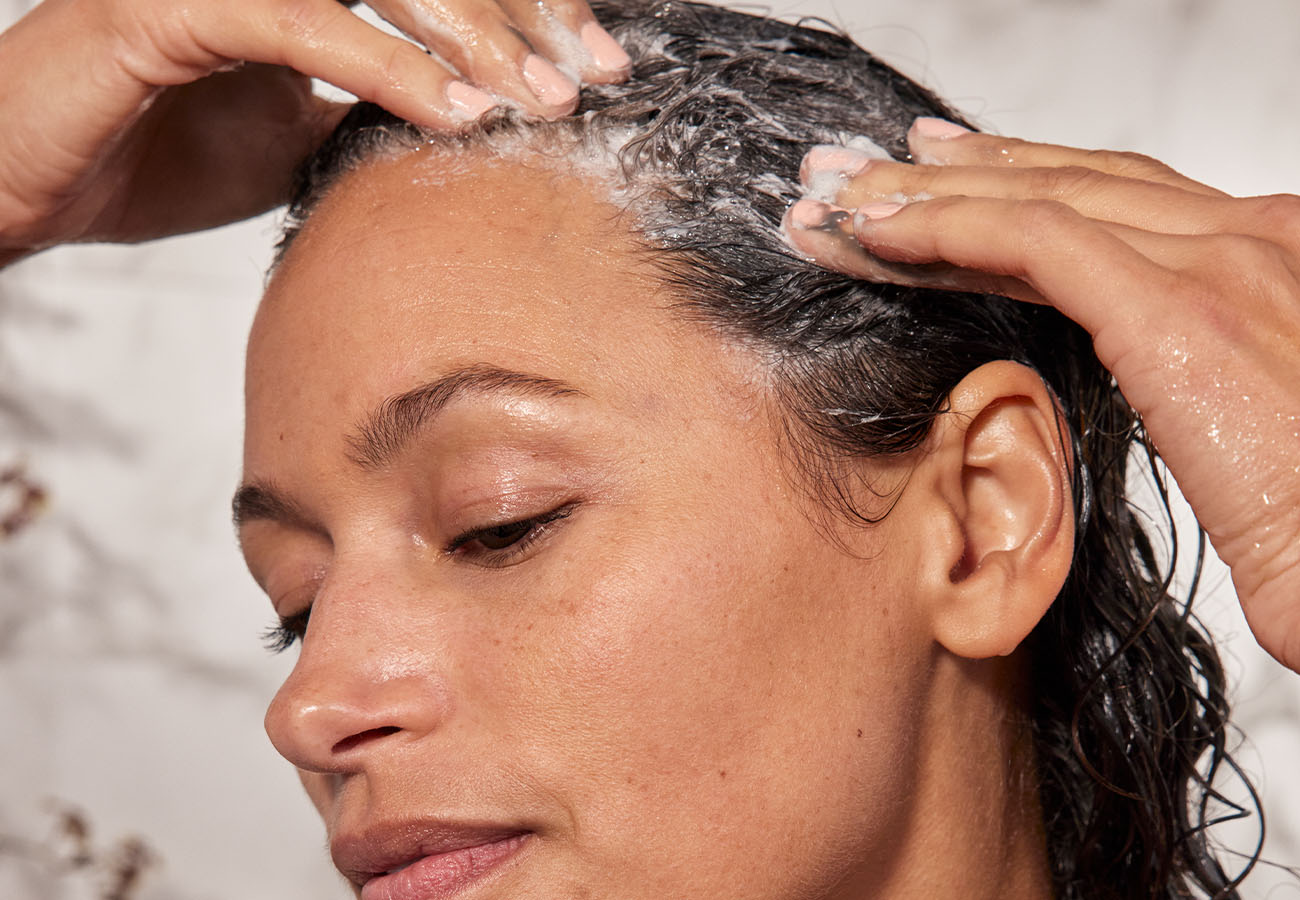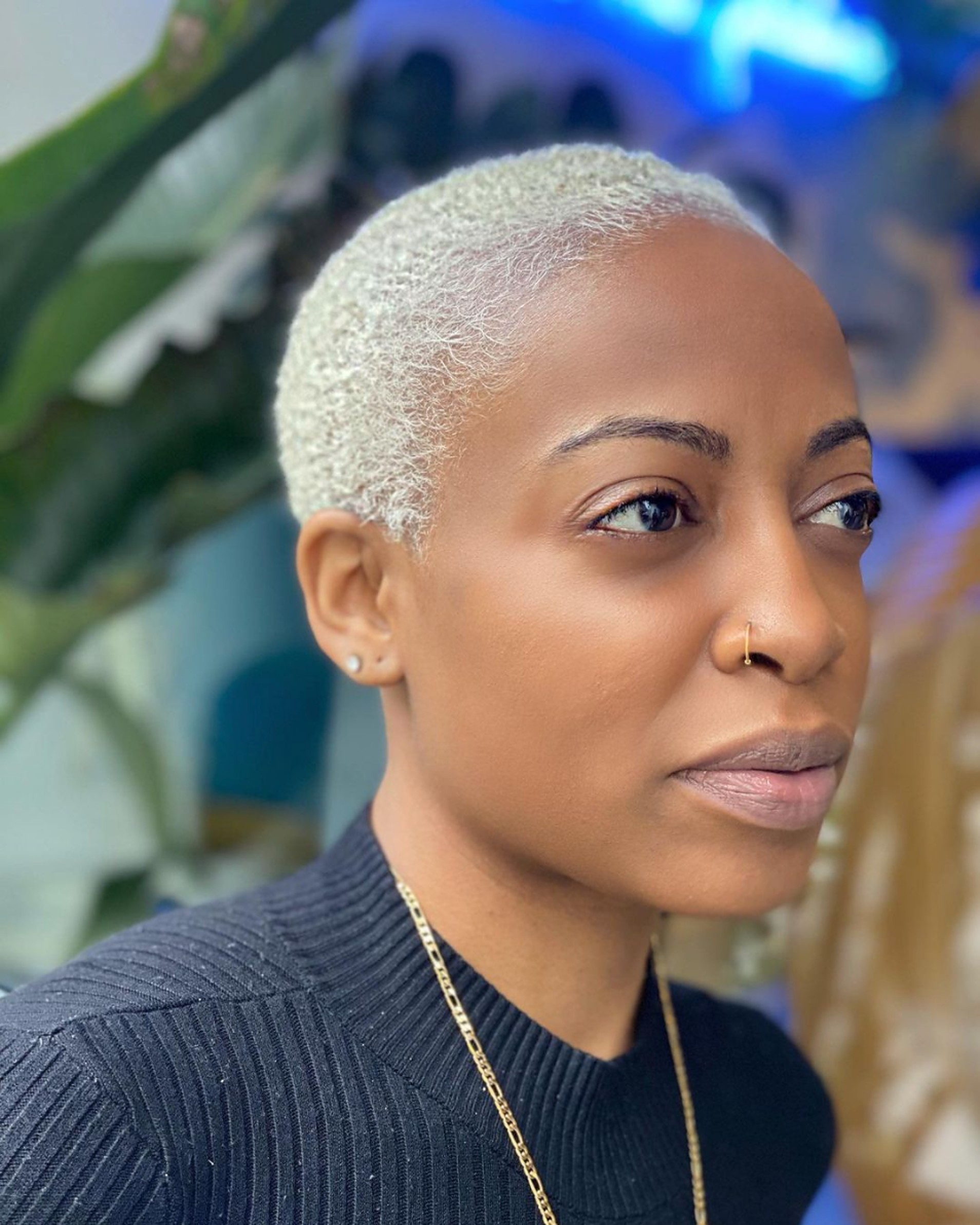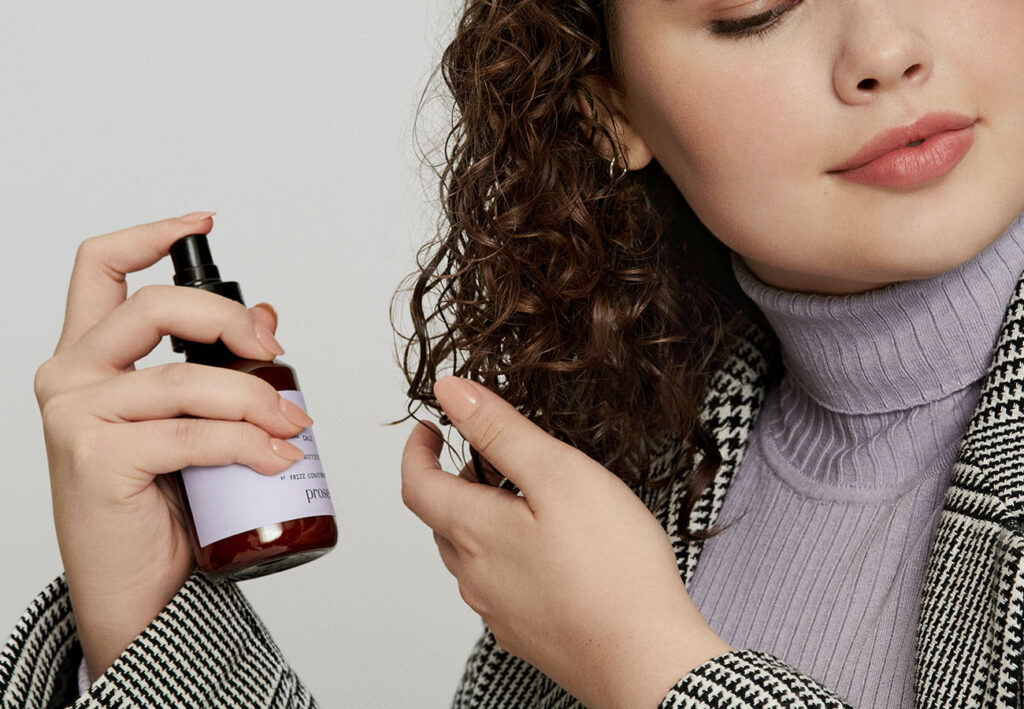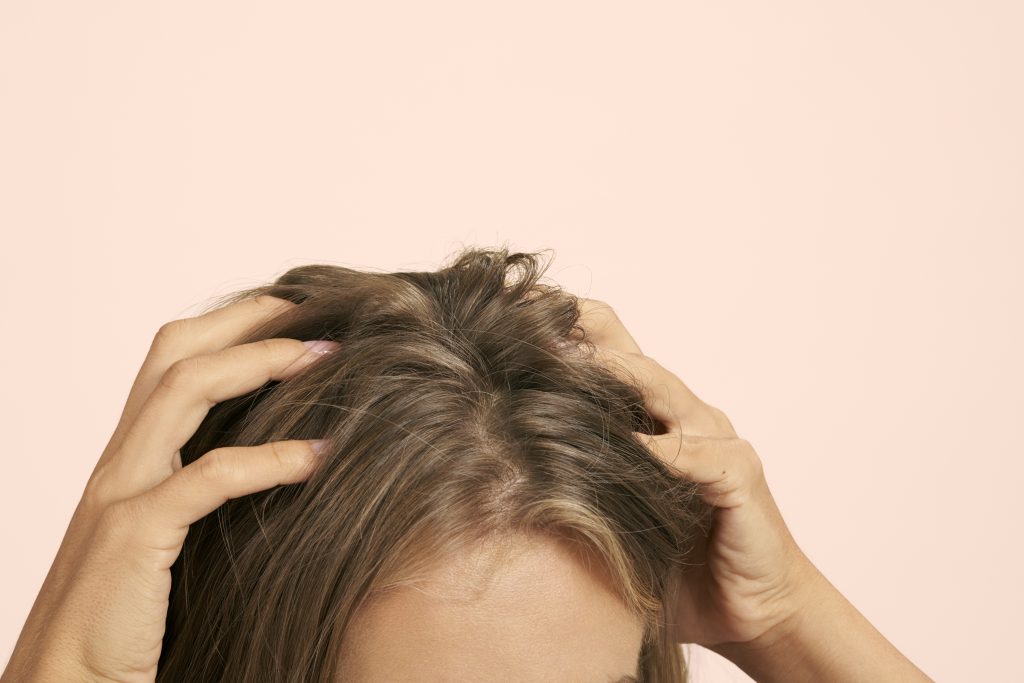Winter Scalp Care Tips
1. Take Shorter, Cooler Showers
One of the first pieces of advice that Koberling gives her patients is to turn down the shower temperature and cut back on the time you spend in the shower. “I know hot showers are tempting during the colder months but they can cause dryness to the skin,” she says. And last we checked, the scalp is covered in skin underneath all of that hair. (The steamy showers are no good for those strands, either!) “It’s best to use lukewarm-to-warm water,” she adds. As for the shampoo process, she’s got advice on that, too…
2. Use Caution with Clarifying Cleansers
In winter, more than ever, it’s important to use a gentle and hydrating shampoo, even if you’re accustomed to more “clarifying/detoxifying” options in other months of the year. Those deepest, strongest cleansers strip the most moisture away from strands and scalp, which will accelerate (or initiate) problems like itching, flaking, and inflammation. If you tend to accumulate buildup on the scalp through styling products or sebum production, then try shampooing slightly more frequently than usual—but using a gentler shampoo than usual, too. That being said, each person has a threshold for how much they can wash without “over shampooing”, so pay close attention to your scalp’s daily state. If every-other-day washing with a gentle shampoo seems to be going fine, then stay the course. (We trust you’re following each wash with a conditioner, anyhow.) As for preceding the washes…
3. Do a Weekly Scalp Mask
Once a week (or more often, if need be), apply a nourishing scalp mask prior to shampooing. These masks use hydrating and gentle exfoliating ingredients to keep your scalp nourished, balanced, and in optimal condition for comfort and for fortified hair growth. Take, for example, Prose’s own pre-shampoo scalp mask, with a customizable formula that changes for each person, based on their individual needs. (After all, someone with a traditionally dry scalp shouldn’t have the same recipe as someone with an oily scalp.) Ingredients range from detoxifying bamboo charcoal to sebum-balancing kale extract. Koberling’s favorite ingredients for any scalp regimen are nourishing oils thanks to their deeply moisturizing properties; many are also anti-inflammatory. (Prose’s formulas often include eucalyptus oil for this very reason.)
4. Audit Leave-In Products
Residue and product buildup are perhaps the most common problem Koberling notices in her patients with scalp concerns. That is why you need to be mindful of the products you apply to your hair and scalp, and to be mindful of how long those products might sit atop the skin or suffocate strands. “Product buildup can really wreak havoc on the scalp,” Koberling says. “Products like dry shampoo and root lifts, while not inherently bad for the scalp, can cause irritation when not thoroughly cleansed often enough.” If you are someone who uses a lot of leave-in products, then you may have to use a clarifying shampoo from time to time (going against the second tip in this list). If so, be sure to prioritize hydrating, restorative products before and after the matter (like a pre-shampoo mask, nourishing rinse-away conditioner, or a recovery serum that soaks entirely into the skin). “For those who are feeling dry and irritated due to product buildup, it may be beneficial to either increase the frequency of washing with a hydrating shampoo, or alternatively to add a clarifying wash once a month being careful not to overdo it,” Koberling stresses.
5. Consider Active Ingredients, Too
Aside from emollient oils mentioned above—Koberling’s favorite of which is argan oil, by the way)—it is also important to add active ingredients into your scalp care regimen. The key word here is active, since these ingredients take charge of things: Consider salicylic acid (for oil balance and gentle exfoliation), tea tree oil (for its antimicrobial and anti-inflammatory properties), and apple cider vinegar (in careful, light doses for its shine-boosting and residue-removing abilities). Look for these ingredients across the board, be it shampoos, conditioners, serums, masks, and even some hair stylers.
6. Put a Humidifier in Your Bedroom
One of the best things you can do for your scalp, hair, throat, and skin is to sleep with a humidifier in the room, year-round. That’s because when the air is dry around us, we experience something called transepidermal water loss, or TEWL, explains Koberling. This is why the air around us starts extracting moisture from wherever it can be found, including your cells. (This explains why we experience chapped lips and cracked knuckles so much quicker in winter.) “By adding water (humidity) back into the air we can prevent this from happening,” Koberling explains. And thus, after a night of sleeping in a properly hydrated room, you can wake up looking much more refreshed—and feeling as much, too. (Remember to be mindful of how intensely you rely on air conditioners in summer, too, as they can also accelerate TEWL.)
7. Don’t Copy Your Friend’s Regimen
Scalp care is personal, Koberling says. “What works for a friend may not work for you. A personalized approach is the best approach and it may take some trial and error to find what works best for you.” Using customized formulas is a terrific place to start, but if your scalp’s dryness, flaking, or inflammation isn’t improving after a while, she says to contact your dermatologist or trichologist. “This will rule out other causes that may need a more tailored treatment,” Koberling adds.Head to the Prose consultation to get your customized routine of Pre-Shampoo Scalp Masks, Shampoos, Conditioners, Curl Creams, and much more!
Always made to order. Never made to waste.
Exclusive Trial Offer Get 60% Off + Free Gift







